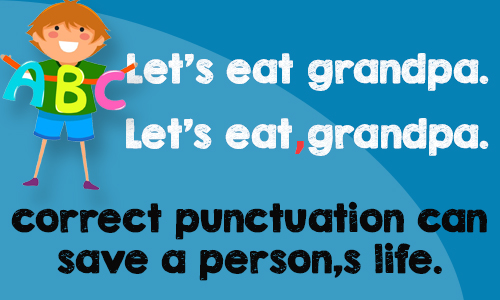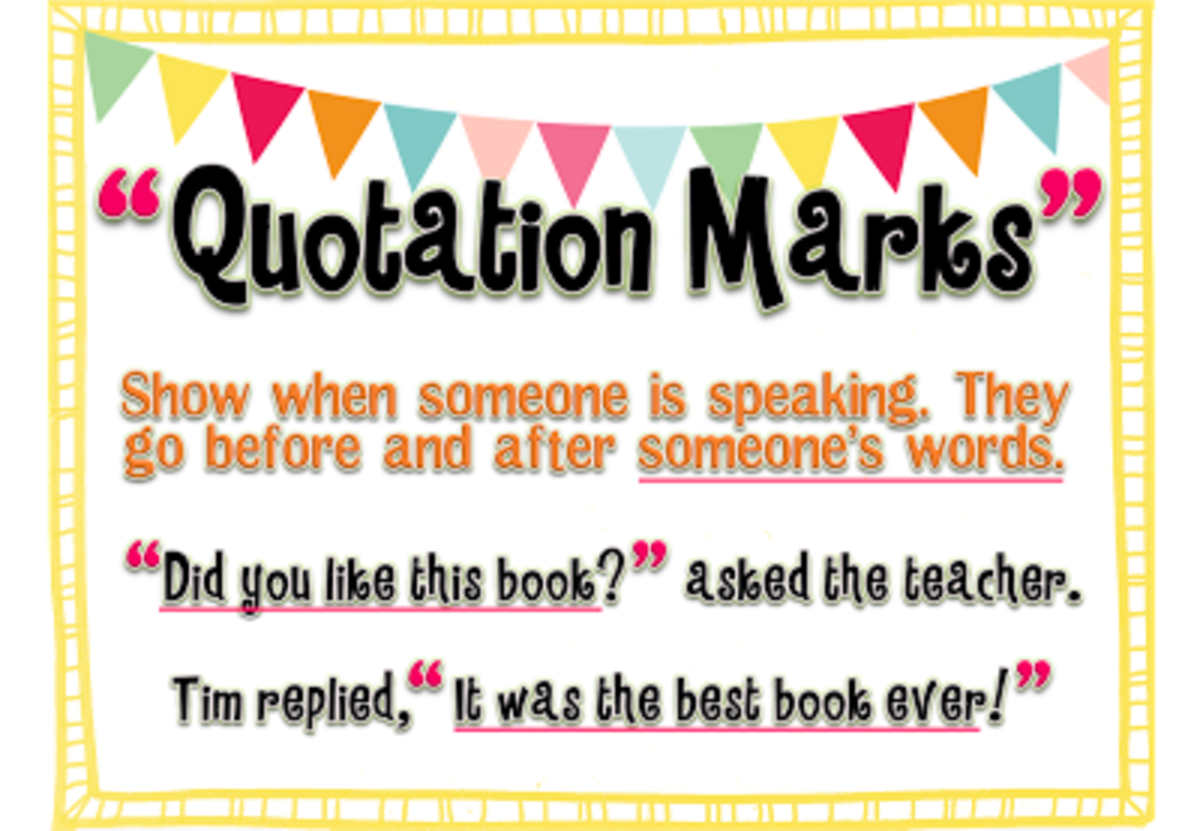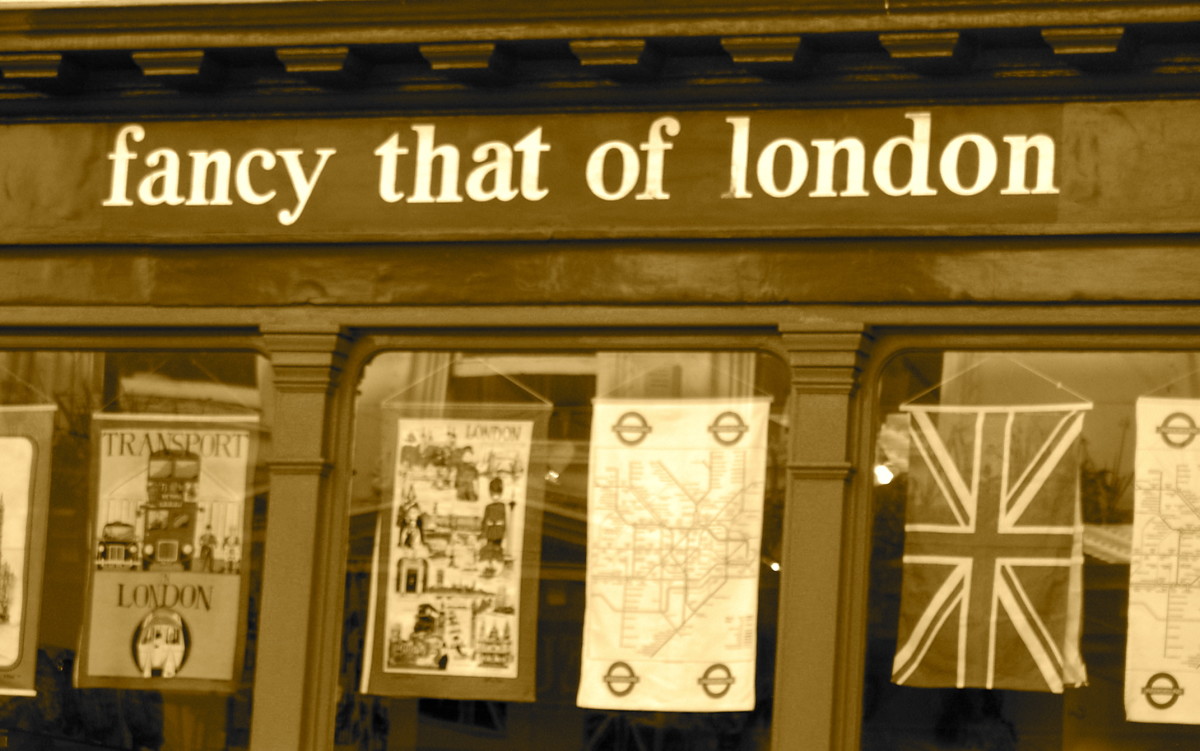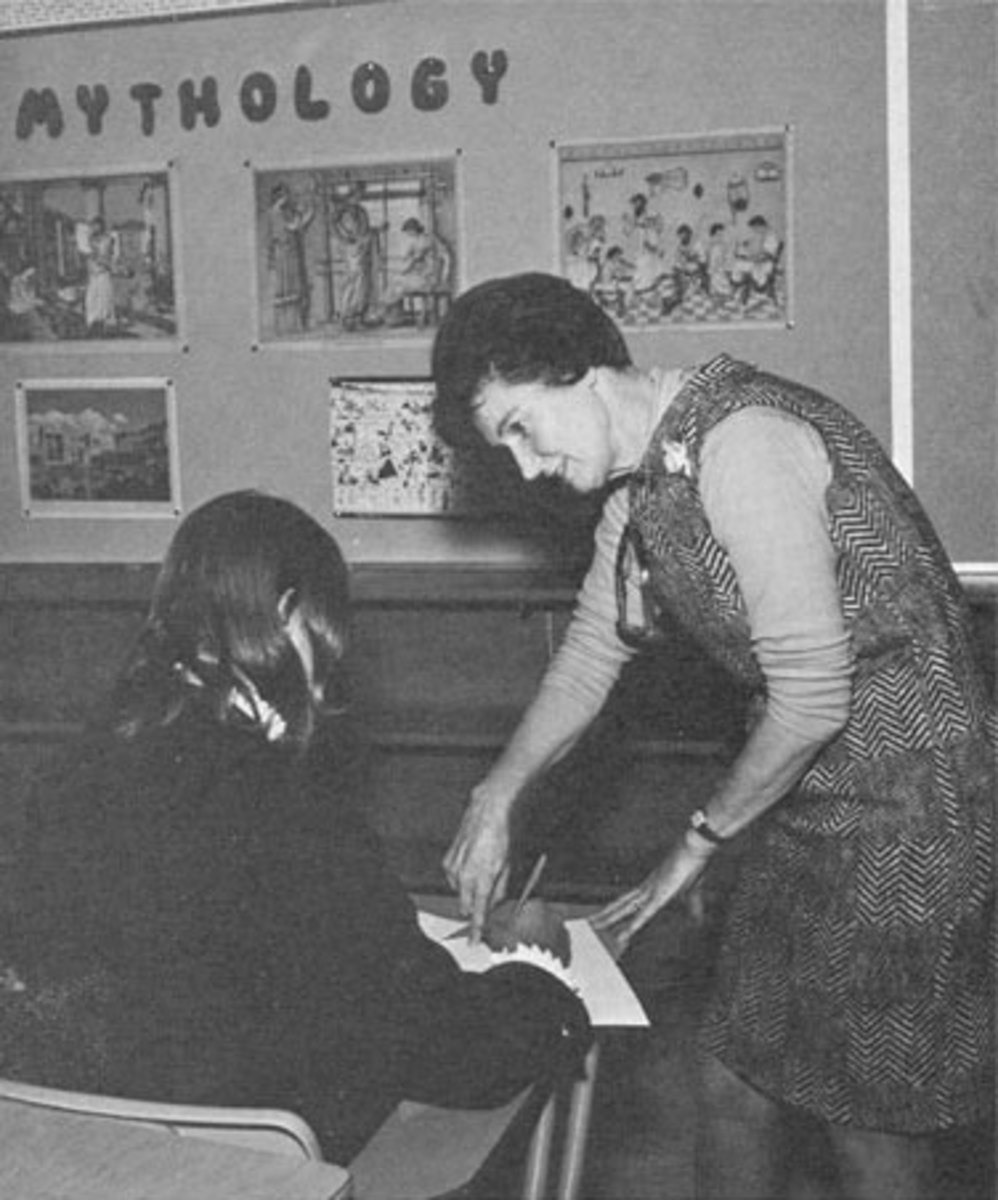Punctuation is not really that important, right? WRONG!
How many of us realize that we punctuate constantly when speaking aloud through body language. Your companion hears exclamations, question marks, commas, quotation marks as you shout, dashes, whisper, and pauses, wave your arms, roll your eyes, and wrinkle your brow. Writing helps the reader hear the way you want to be heard. Punctuation is not really that important, right? WRONG!
It's very important, and a minute, misplaced comma, exclamation or question mark can cost oodles of dollars or break someone's heart. Good punctuations show the relation between clauses and words. Let’s check a few common punctuation errors that are quiet often made along with examples so you’re sure about the right way to handle situations better.
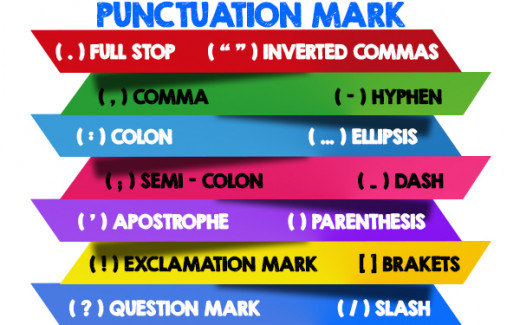
Examples On Punctuation
1. The Comma Splice
There must be a conjunction connecting the clause when the comma is used to separate independent clauses. If there is no conjunction, we have a comma splice. The mistake can be fixed by using a period instead of the comma, or simply by adding a coordinating conjunction.
Let’s consider an example:
Incorrect: The bike costs $5000, I am going to buy it.
Correct: The bike costs $5000. I am going to buy it. OR The bike costs $5000, and I am going to buy it.
2. Numerous Punctuation Marks
Unless you’re not an exaggerated teenager writing melodramatic statuses on Facebook, irrespective of how agitated you might be when writing that sentence you must limit yourself to one exclamation point. The similar thing applies to question marks and to the ellipsis (three dots). Formal writings do not include exclamation points too often. End of sentence punctuation is used to let the reader know when a thought is finished.
Let’s consider an example:
Incorrect: This is incredible!!!!
Correct: The woman was hush……
Incorrect: This is incredible!
Correct: The woman was hush…
3. Punctuation Outside Quotation Marks
American English is written, where the punctuations ought to go inside the quotation marks, even if it is not part of the quotation itself.
British English, on the other hand, places punctuation that is not part of the quoted sentence outside of the quotation marks.
Let’s consider an example:
Incorrect in American English Correct in British English: Uncle John said, “I am going to Ibiza”.
Correct in American English Incorrect in British English: Uncle John said, “I am going to Ibiza.”
4. Apostrophe for Plurals
This is the most common mistake amongst foreigners who are learning English. The apostrophe is used to form contractions or reductions (e.g., It’s time to go) and to indicate possession (e.g., Jenny’s car is purplish-blue), but never to form plurals.
Let’s consider an example:
Incorrect: The boy’s will go to the school the day after.
Correct: The boys will go to the school the day after.
5. The Missing Comma After an Introduction
Sometimes you might want to provide an introduction and offer a background to a sentence. At such an instance, do not forget to place a comma after that introductory part. An introductory part can be a sentence (example below) or a single word (e.g., however, furthermore, moreover and so on).
Let’s consider an example:
Incorrect: Before going to the playground Josh stopped at my house.
Correct: Before going to the playground, Josh stopped at my house.
6. Quotation Marks for Emphasis
Quotation marks are primarily used to quote dialogue, sentences, speech or words. They can also be used to denote irony. However, they can be used, to add importance to a word or sentence.
Incorrect: This voucher is “free”!
Correct: This voucher is free!
Its OK to make an error or two, just don’t despair have someone you trust look them over and give honest feedbacks. Every spelling error that you correct improves sentence building and removes a hurdle to readers engaging with your content.
